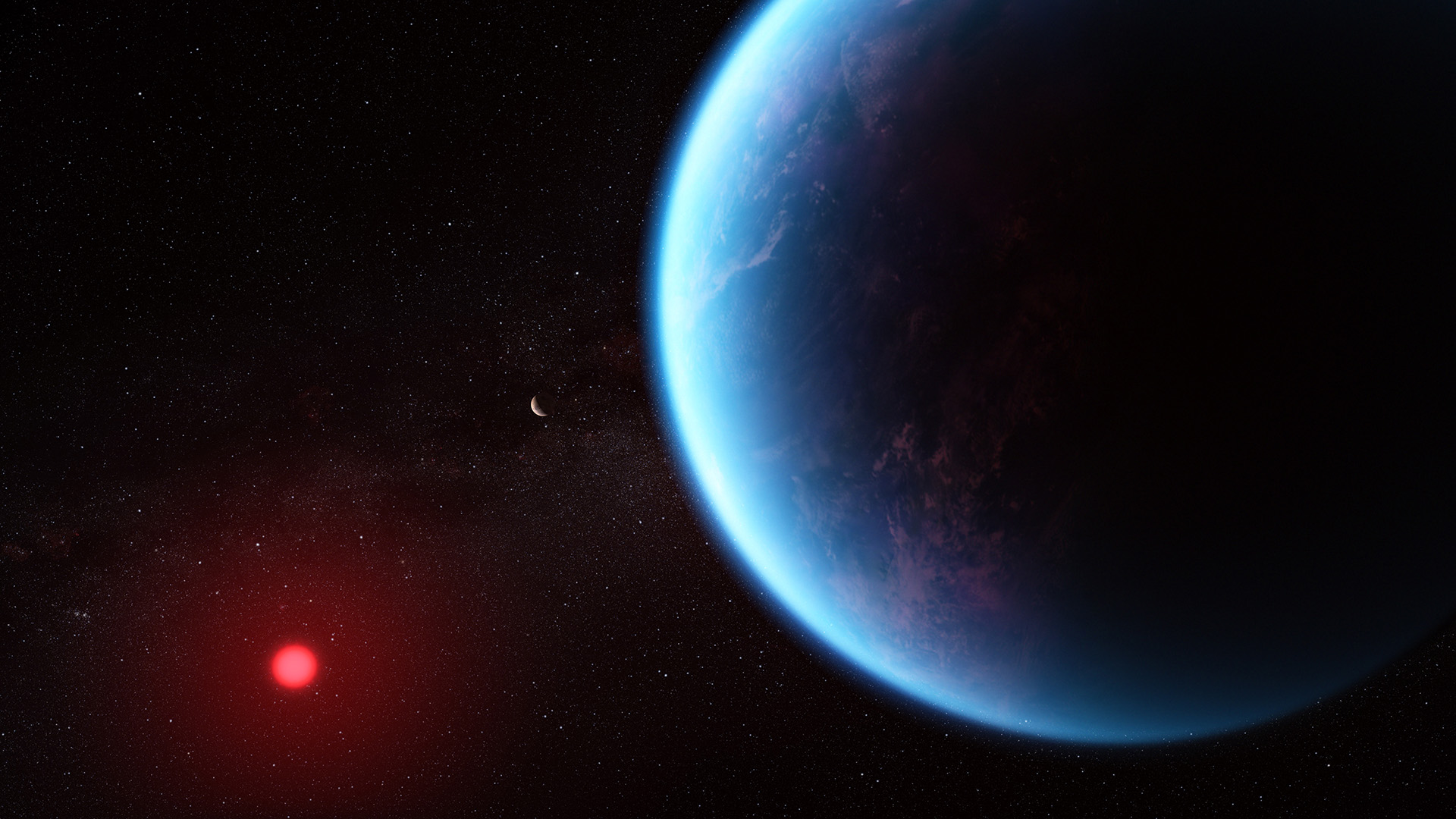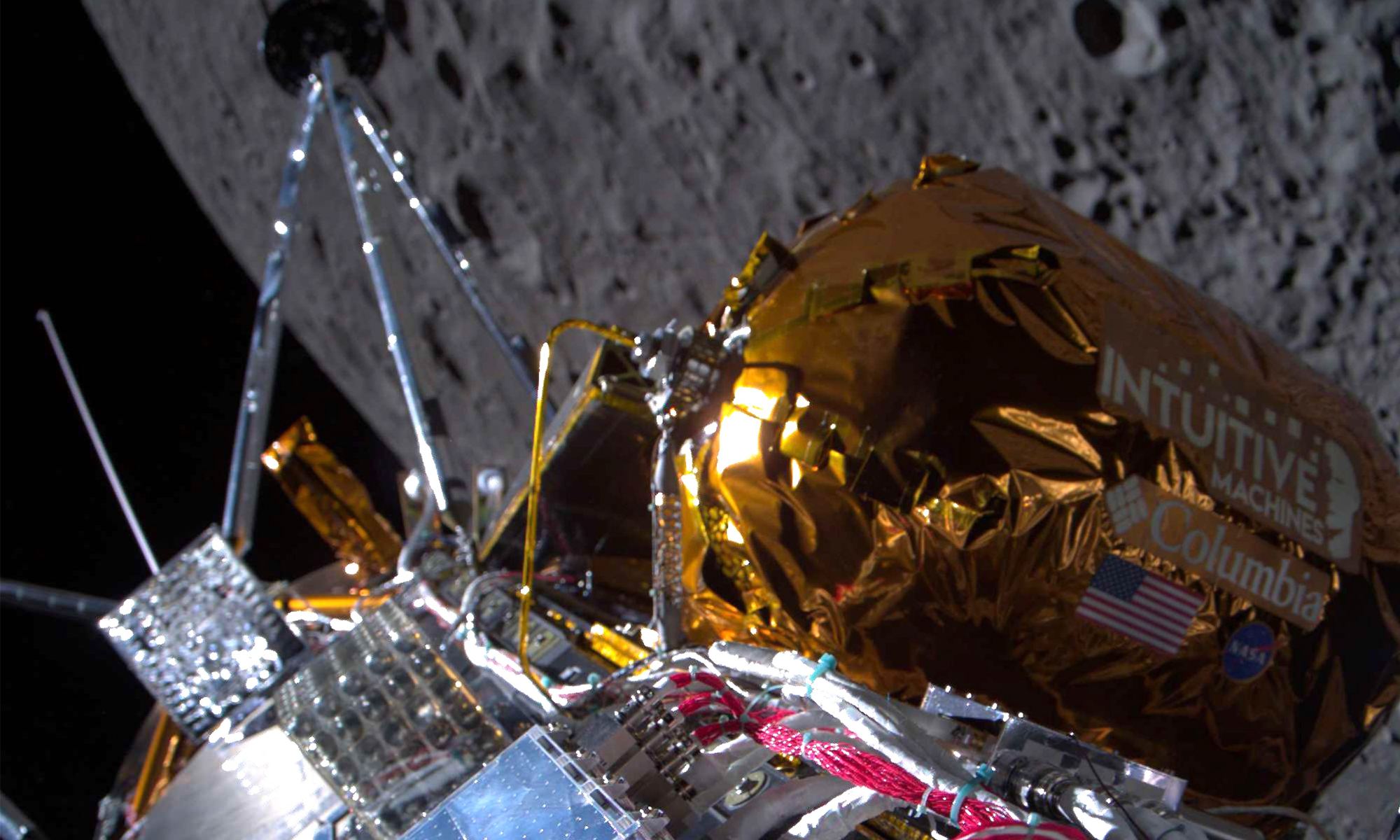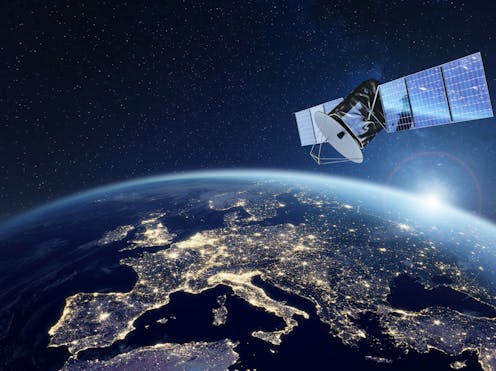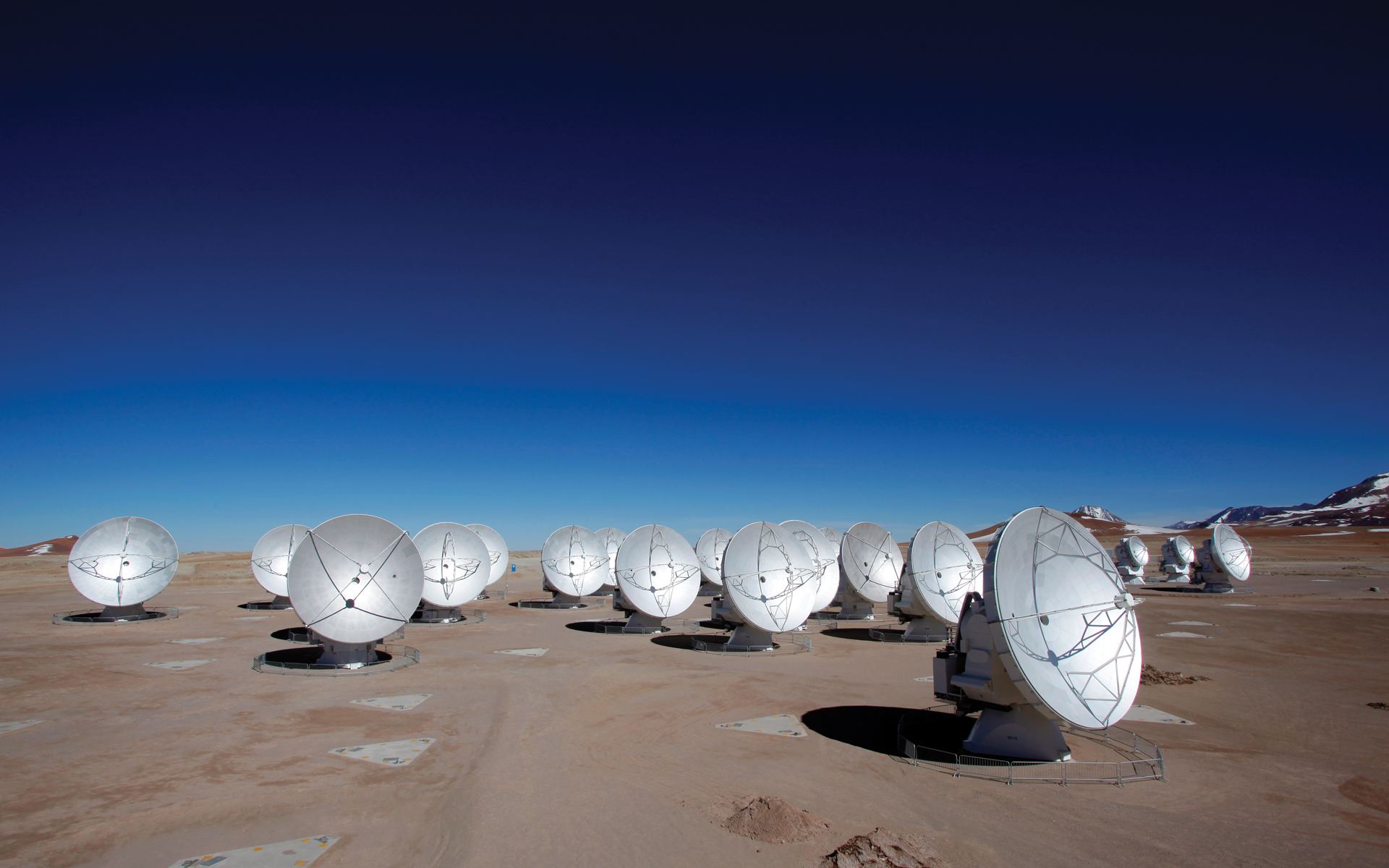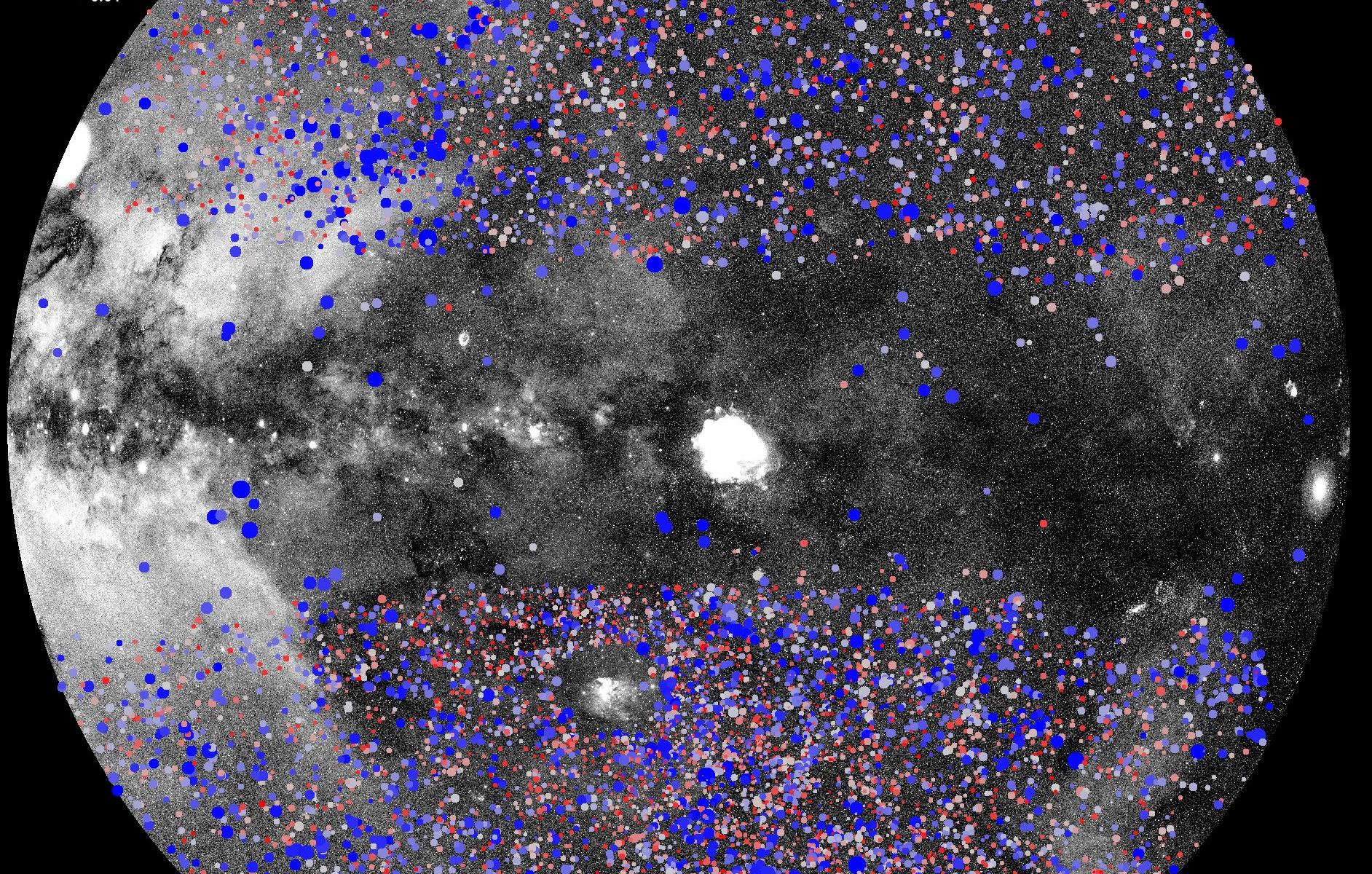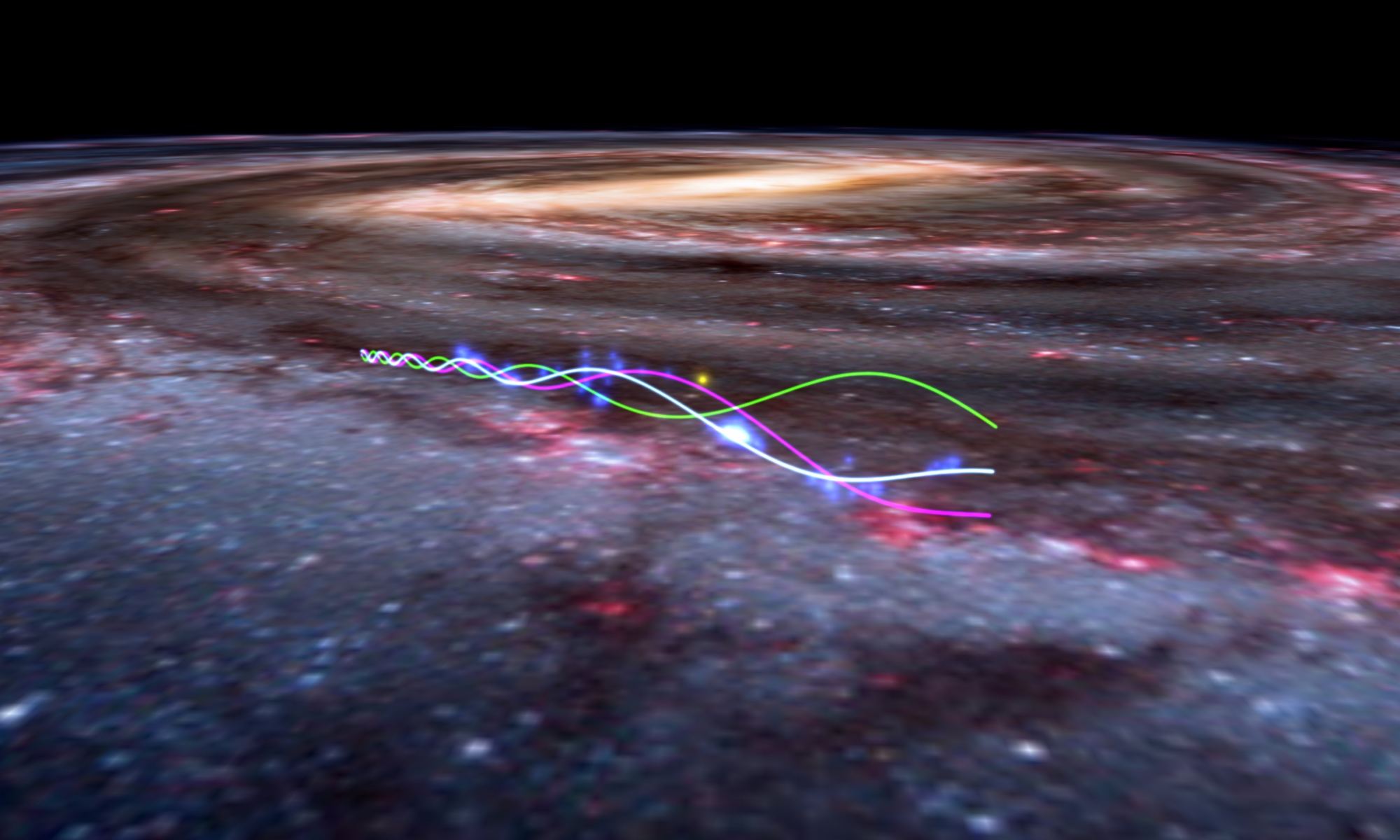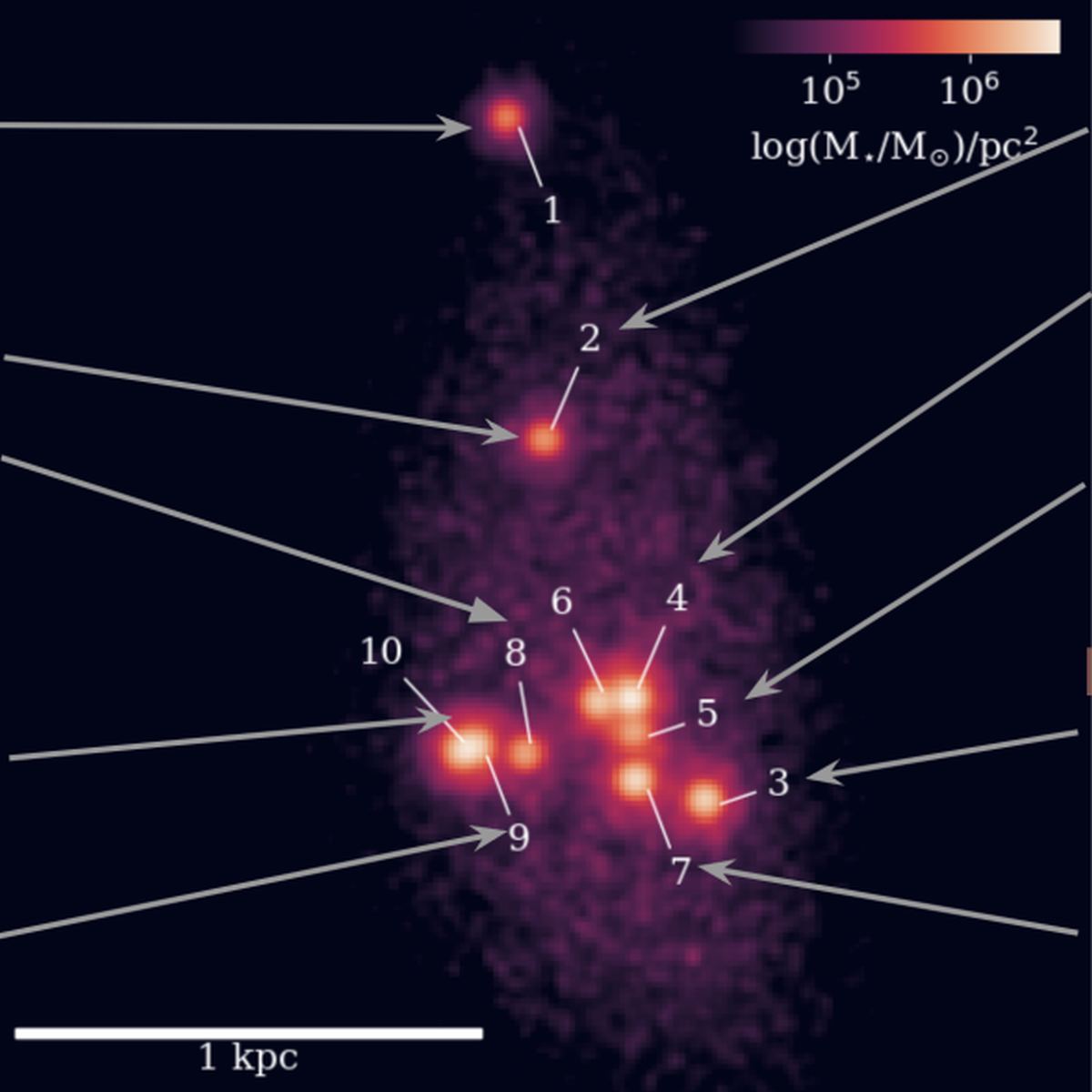Astronomers have been on the hunt for a new kind of exoplanet in recent years – one especially suited for habitability. They’re called hycean worlds, and they’re characterized by vast liquid water oceans and thick hydrogen-rich atmospheres. The name was coined in 2021 by Cambridge astronomer Nikku Madhusudhan, whose team got a close-up look at one possible hycean world, K2-18b, using the James Webb Space Telescope in 2023. In a newly accepted paper this January, Madhusudhan and coauthor Frances Rigby examined what the internal structure of hycean planets might look like, and what that means for the possibility of finding life within.
Continue reading “If Hycean Worlds Really Exist, What are Their Oceans Like?”If Hycean Worlds Really Exist, What are Their Oceans Like?
